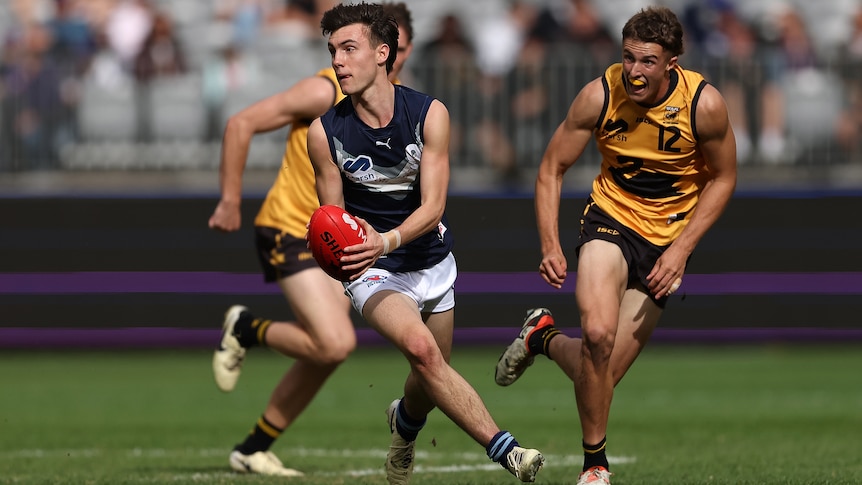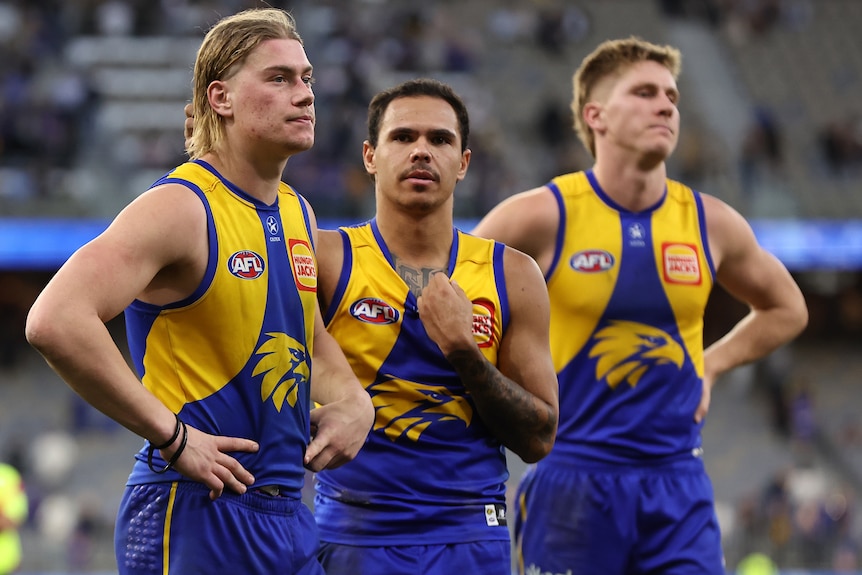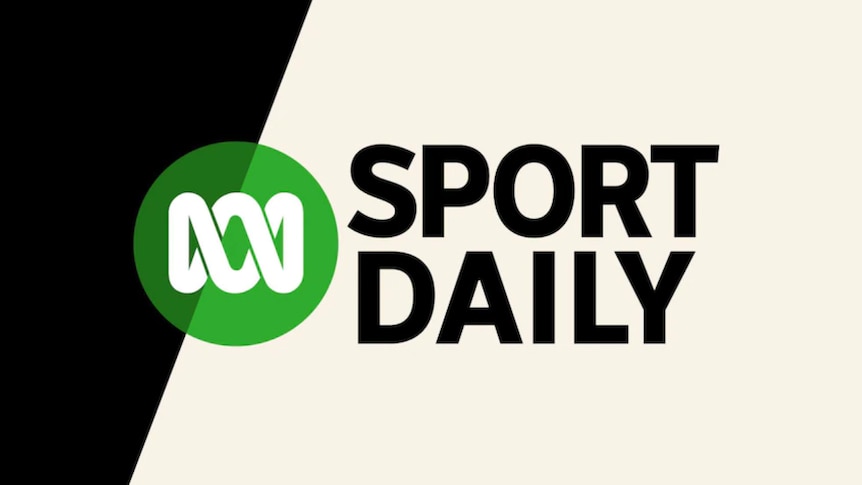Sports
Author: anonymDate: 2024-11-21 12:03:34
Richmond, West Coast, and North Melbourne's prospects brighten with the AFL player selection process, yet triumph isn't guaranteed.
Harry Armstrong and Harvey Langford are both expected to be selected early in the 2024 AFL draft.
The AFL championship path invariably includes the draft. Champion teams assemble gradually, through diverse methods, but identifying and securing exceptional young players is paramount. Cultivating these athletes presents further challenges; to ascend from obscurity, shrewd drafting is crucial. In 2024, several teams aim to expedite, augment, or conclude their rebuilding efforts, each employing unique approaches. The AFL draft commences on November 20 and 21. Examine our complete top 30 rankings and follow our live blog during the event. The effectiveness of Richmond, West Coast, North Melbourne, Adelaide, and St Kilda's strategies will only become apparent over time, but the clubs' futures may well depend on the events of November 20 and 21, 2024.

Richmond's strategy is direct and unsentimental. The Tigers streamlined their roster, releasing several stars from their recent championship years and accumulating draft selections. The outcome is an exceptional number of first-round picks. Currently, and before any draft-day negotiations, the Tigers possess at least seven first-round picks—one, six, 10, 11, 18, 20, and 23—plus the first pick of the second round on the second night.
This team seeks to revamp its roster within a single off-season. Even if only half of these choices meet expectations, in a draft accurately perceived as quite uniform through the first and second rounds, they should provide the foundation for Richmond's next championship-contending squad. The Tigers can address every position and playing style. With these picks, they could select the top midfielder, top tall forward, top rebounding half-back, and top ruckman in this draft and still retain selections for speculative choices or specific needs.
However, this approach has consequences. The challenge of integrating eight top young players into your AFL team is their youth. They will develop and mature together, but initially, they will also experience setbacks as a unit. Richmond's restructuring strategy will lead to difficult seasons like 2024 in the short term, but with anticipated consistent progress before the sudden flourishing of a new generation of success. This will be captivating to observe. West Coast, a team that has struggled for longer than Richmond, has adopted a contrasting approach. The Eagles traded their premium pick this year, relinquishing pick three in a deal that acquired Liam Baker and pick 12. This signifies another year outside the top 10 for the Eagles, as regaining a top position this year proved exceptionally difficult. West Coast hasn't prioritized early picks as highly as others for some time, and by round one of 2025, its only top 10 picks will be Harley Reid (pick one, 2023) and Reuben Ginbey (pick nine, 2022)—for a team consistently in the bottom two or three for three seasons, this represents a striking lack of high-end selections. But the Eagles are pursuing a different strategy. They believe they can no longer afford to underperform and have, through trades, enhanced their immediate competitiveness, if not excellence. Baker, Jack Graham, and Matt Owies bolster the Eagles' short-term strength. This should facilitate the growth of their younger players and draftees, reassure Reid about the club's future, and aid in attracting additional players in the coming years.

Their draft position in 2025 is robust, thanks to compensation received in the Tom Barrass trade with Hawthorn. These selections will prove useful if a competition for Chad Warner arises; otherwise, the Western Australian talent pool next year is encouraging. For now, West Coast isn't fully committing to the draft. The Eagles aim to improve with a blend of youth, experience, and players in their prime. They will likely outperform the Tigers next season, but will they ultimately lack elite, championship-caliber talent in the long run? Comparing these contrasting strategies in four years will be enlightening.
The finishing touches
The Crows, Saints, and Kangaroos will all see the 2024 draft as an opportunity to finalize their rosters before making significant progress in 2025 and beyond. The Saints are in a slightly different position, having reached the finals in 2023 and finishing the season on a strong note. With picks seven and eight—and a pair of National Academy defenders available at a reduced cost—they can add a final layer of talent, address midfield needs, and establish a foundation for sustained playoff contention. St Kilda has a golden opportunity, with two consecutive picks within the top 10 of a promising draft. Whether they use or trade these picks, it's a chance they can't afford to miss. Adelaide should find a suitable player. Sid Draper, a South Australian local, is near the top of the available midfielders and has a strong chance of being available when Adelaide selects.

He would instantly enhance the Crows in 2025 and, barring injury, could be a high-performing player for a decade. It's almost too good to be true for the Crows. Their most significant pick in this draft happens to be the one that will provide precisely what they need, precisely when they need it. This is not a decision to overthink. And then there's North Melbourne, which has invested five years in the draft to create its next championship contender.

Much of this time has focused on acquiring top midfielders, resulting in a promising but unbalanced roster. However, with its top pick this year, the Kangaroos might target the best key defender, Alix Tauru. Whether they use pick two on Tauru, divide the selection to get him and another player later, or trade their 2025 first-round pick to re-enter the draft for a top-tier tall player—it would indicate North's intentions.
North Melbourne must improve in 2025. Another season in the bottom two is unacceptable, and such a move would prove the Roos are ready to transition from rebuilding and begin contending for victories. The player himself may not immediately contribute—Tauru, in particular, would require patience and physical development—but the rationale behind the selection will clearly indicate North's approach. The draft's advantage is its recurrence, but this one feels particularly crucial. Next year's cohort includes many academy and father-son selections at the top, reducing the pool of available players for most clubs. Then Tasmania's entry in a few years will further restrict drafts. The moment to act is now. Choose a strategy, select wisely, and hope for favorable results.